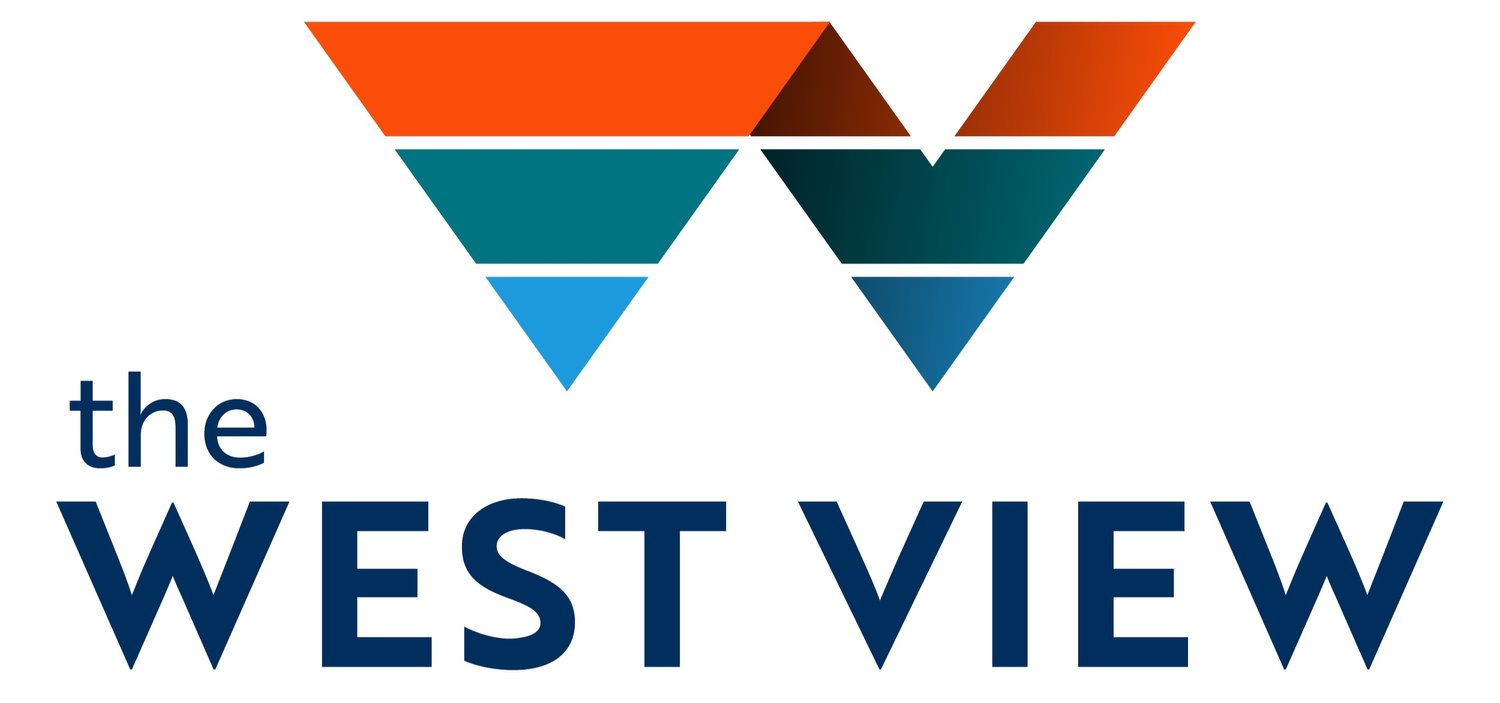Developers of tiny home village finalizing site preparation, plan to start infrastructure
After environmental concerns were addressed, developers of the Other Side Village are preparing for phase one construction of 80 tiny homes to permanently house the chronically unhoused.
Sign up to read this post
Join Now
